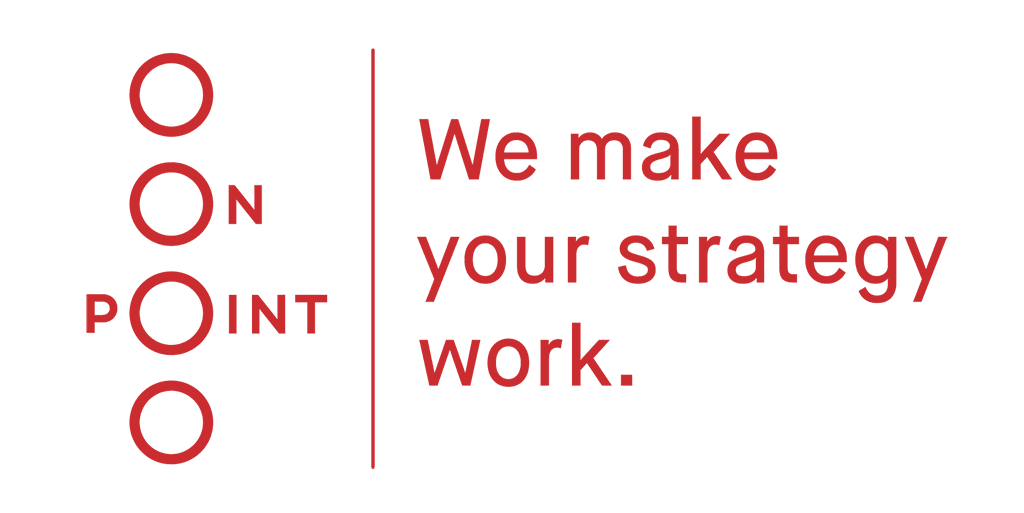ON-POINT Insight #11 - expertise from the consulting frontline
Project Inefficiency — Why Better Leadership Is the Cure by Kerstin Lehmann
The general definition of leadership is “the ability to get things done through others, focusing the efforts of a group of people towards a common goal and enabling them to work as a team.” After more than 20 years in project management – many as the leader of large, international projects with teams of up to 350 people – I strongly believe that leadership skills are a key success factor. Or, put differently, the lack of them makes projects inefficient. Leadership is more than administration and it is the project manager’s job to focus the team on a common goal, enable them to work together and ultimately deliver the project.
From my experience, I can say this much: Over the years I have seen plenty of project managers who only administered a project, some who actually managed one and just every now and then, a project manager who truly led.

Six Common Challenges for Project Managers
Here are six recurring challenges that most project managers face – not only, but especially in IT:
- Green vs. Red Status
Many projects report green to senior management, while the project team strongly believes the status is actually red. - Opaque Decisions
Decisions taken by senior management are often not transparent to the project team, making them difficult to understand and therefore rarely implemented. - Missing Decisions
Decisions that are not taken, but would be crucial for the project team, create uncertainty and delay progress. - Endless Postponements
In IT, it is almost “business as usual” for projects to be postponed again and again. Sometimes they still end well – albeit with a one-year delay. But sometimes, after heart, sweat and hard work have been invested, the project simply gets cancelled due to scope changes, costs or a shift in senior leadership. - Blame After Cancellation
When projects are cancelled, everyone looks for reasons: “Business requirements weren’t clear,” “IT didn’t deliver on time,” “Testing was too slow,” or “The project was underestimated.” These reasons may all be true – but they are also just symptoms of a deeper leadership problem. As we say in German:“The fish rots from the head.”
What Strong Project Leaders Do
So what can a project manager do to address these challenges? In my view, four things make the difference:
- Define a Clear Vision
A project manager must have a vision of how the project will be executed to achieve the expected business benefits. This includes choosing the right methodology (waterfall, agile or hybrid) — but also defining governance, reporting and alignment with the business.
- Translate Vision into Structure
The vision must be converted into a clear structure: roles and responsibilities, a master plan, a list of deliverables and a resource plan. This logical flow shows how the components fit together to reach the target. Importantly, all key members and stakeholders need to understand it. - Execute with Transparency
Execution means living the project vision every day. That requires a clear reporting structure, regular cycles and transparent communication. Information should flow bottom-up (team members participating actively) and top-down (steering committee reports shared with the entire team). - Turn Status into Action
The biggest challenge is to translate project status into immediate actions. This requires a solid understanding of delays, their root causes and their implications. Corrective actions must be phrased clearly – and accepted by all stakeholders. That’s what turns reports into real progress.
From Administrators to Leaders
I strongly believe that successful project leaders:
Define a clear project vision
Translate that vision into a structure the team can follow and
Execute with transparent communication and decisive actions when risks or issues arise
Only then can project management move from inefficiency to impact.
At ON-POINT, we bring consulting expertise from the front line — helping you deliver complex projects with confidence. Reach out to Kerstin Lehmann to start the conversation.
